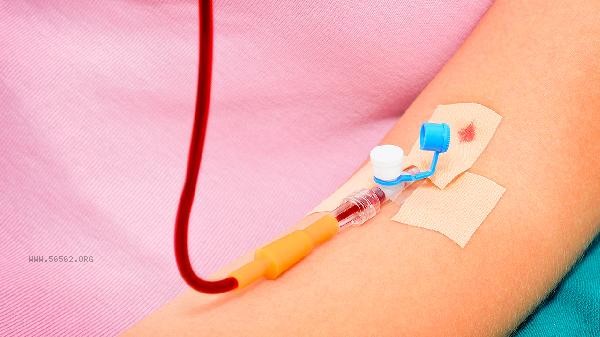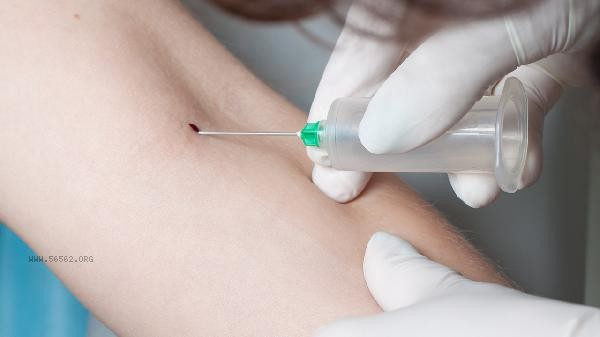The six endocrine tests are mainly completed through intravenous blood sampling and belong to the blood biochemical testing items. This examination includes the measurement of six hormone levels, namely follicle stimulating hormone, luteinizing hormone, prolactin, estradiol, progesterone, and testosterone, and requires the collection of 3-5 milliliters of venous blood during specific periods of the menstrual cycle.

1. Examination method:
Endocrine six items are tested by intravenous blood collection without the need for ultrasound cooperation. Medical personnel will use vacuum blood collection tubes to extract elbow vein blood, and the samples will be sent to the laboratory for hormone concentration determination using chemiluminescence immunoassay. Blood testing can accurately reflect the functional status of the hypothalamic pituitary gonadal axis and is the gold standard for evaluating the reproductive endocrine system.
2. Testing items:
Follicle stimulating hormone FSH and luteinizing hormone LH reflect pituitary function, prolactin PRL evaluates pituitary prolactin cell activity, estradiol E2, progesterone P, and testosterone T correspond to sex hormone secretion levels in the ovaries and testes, respectively. The combined interpretation of these six indicators can diagnose endocrine diseases such as polycystic ovary syndrome, amenorrhea, and infertility.
3. Timing of examination:

Women are recommended to take blood on an empty stomach in the early morning of the 2nd to 5th day of their menstrual cycle, when their baseline hormone levels are most stable. To evaluate luteal function, progesterone should be tested one week before menstruation. Men can be examined at any time, but must maintain an empty stomach for at least 8 hours. In special circumstances, doctors may adjust the testing time according to clinical needs.
4. Preparation:
Avoid vigorous exercise and sexual activity for 3 days before the examination, and sit quietly for 15 minutes before blood collection. Hormonal medication should be discontinued for one month, and emergency contraceptive pills may interfere with the results, requiring a 3-month interval. Wear loose clothing on the day of the examination to facilitate blood collection, and bring past examination reports for doctors to compare and refer to.
5. Interpretation of Results:
Hormone levels are influenced by multiple factors such as age, menstrual cycle, and pregnancy status. A FSH/LH ratio greater than 2 indicates decreased ovarian reserve function, elevated prolactin levels should rule out pituitary microadenoma, and high testosterone levels may indicate polycystic ovary syndrome. Abnormal results should be comprehensively judged based on clinical manifestations, and if necessary, re examination or supplementation of thyroid function, AMH and other tests should be conducted. After completing the six endocrine tests, it is recommended to maintain a balanced diet and supplement with vitamin D and omega-3 fatty acids in moderation. Regular sleep patterns can help stabilize hormone levels. Women can record their basal body temperature to monitor their ovulation cycle, while men should avoid long-term exposure to high temperature environments. Pregnant women who discover hormonal abnormalities should seek timely medical attention at a reproductive center. Women over 35 years old are recommended to have their sex hormone levels rechecked every 1-2 years. Avoid staying up late, drinking alcohol, and other interfering factors before the examination. After blood collection, press the needle hole for 5 minutes to prevent bruising.









Comments (0)
Leave a Comment
No comments yet
Be the first to share your thoughts!